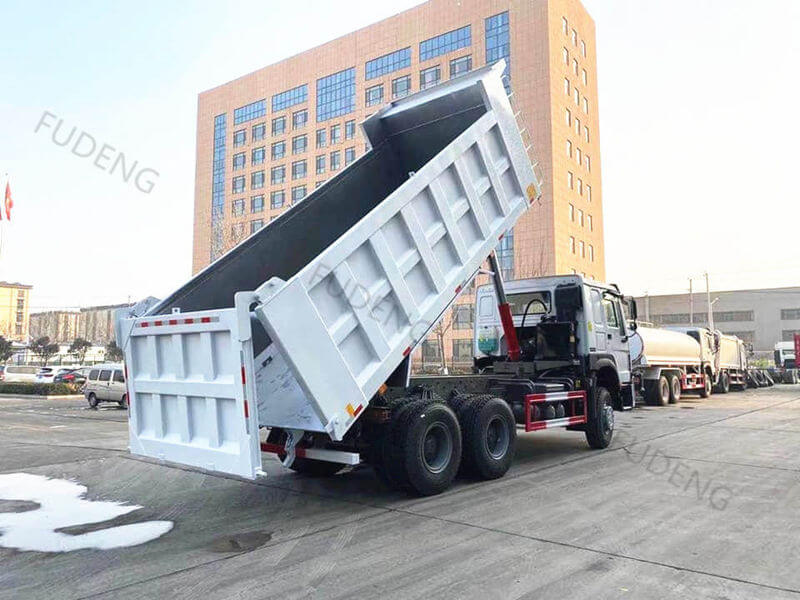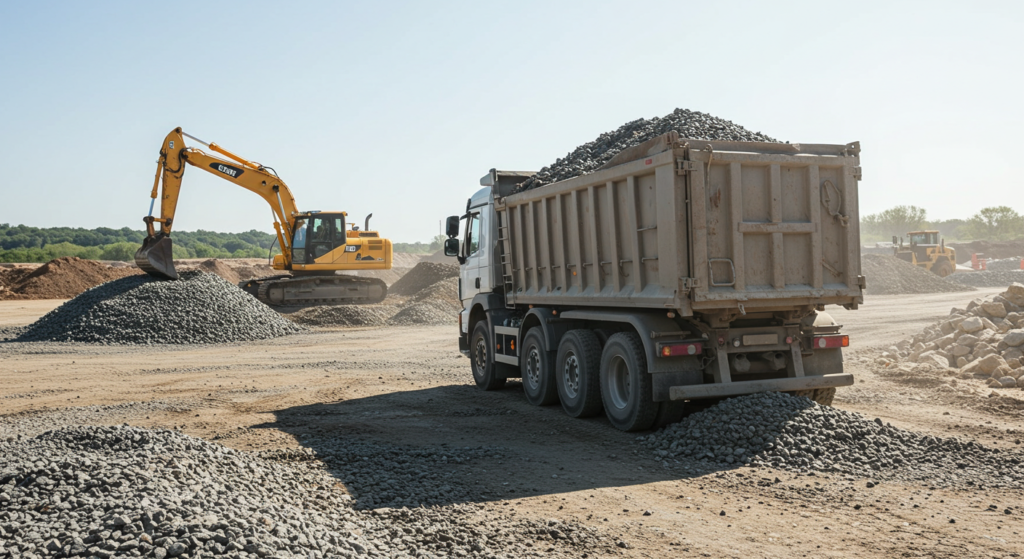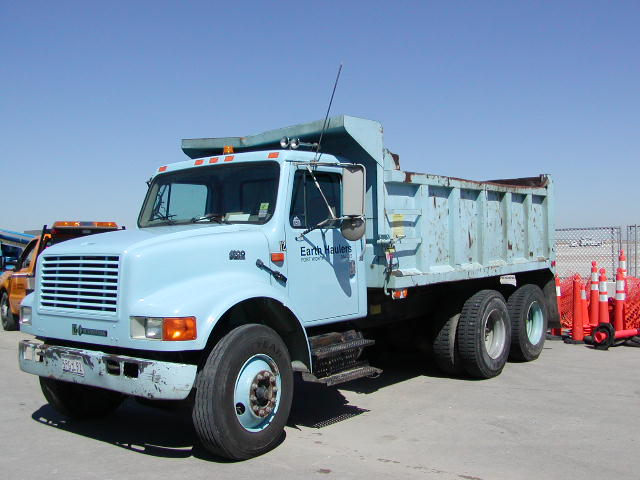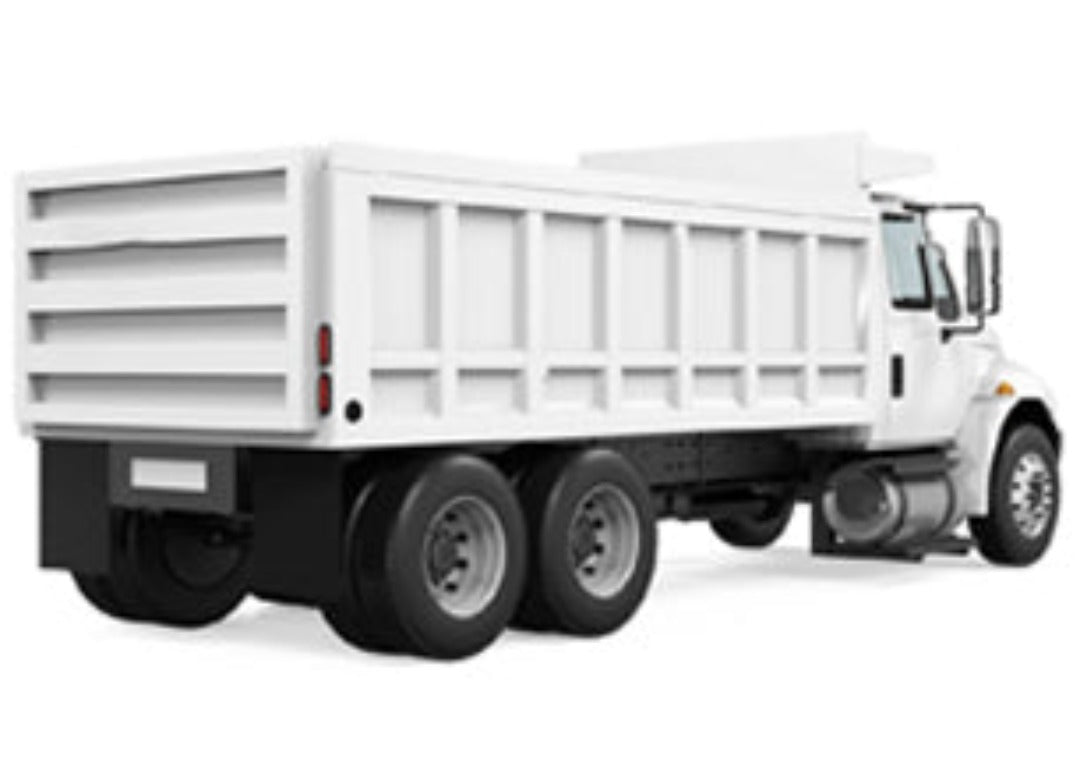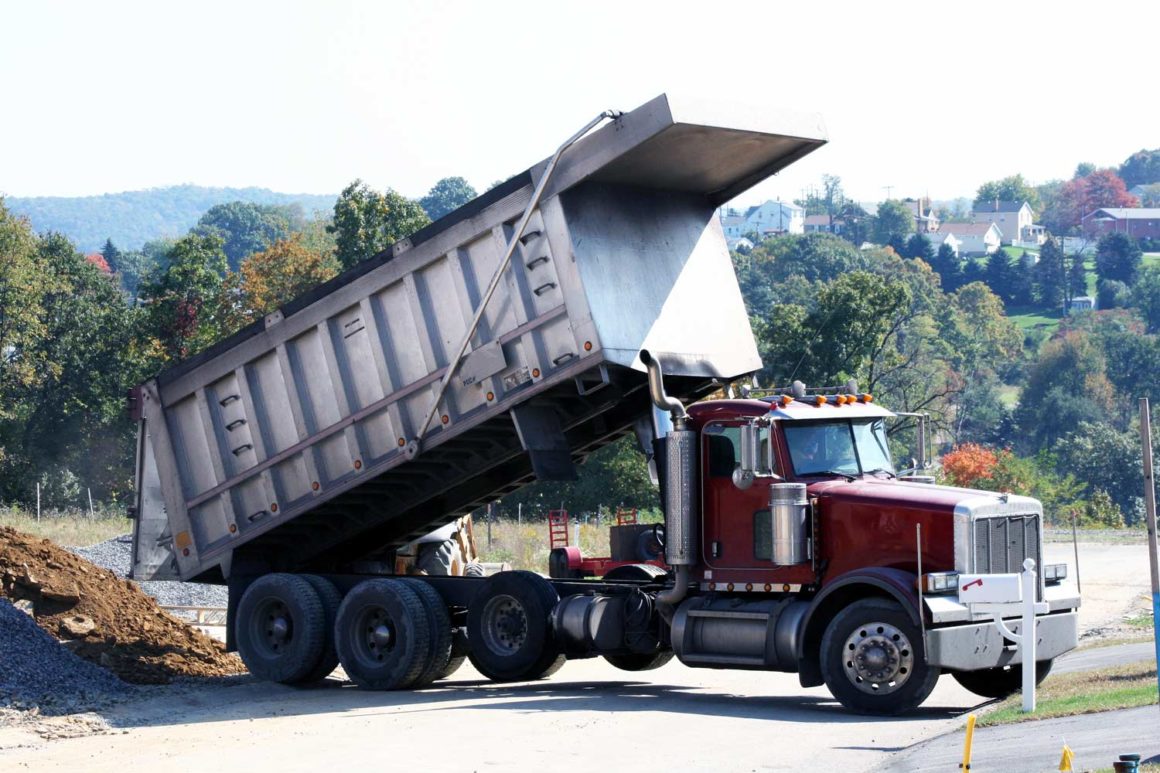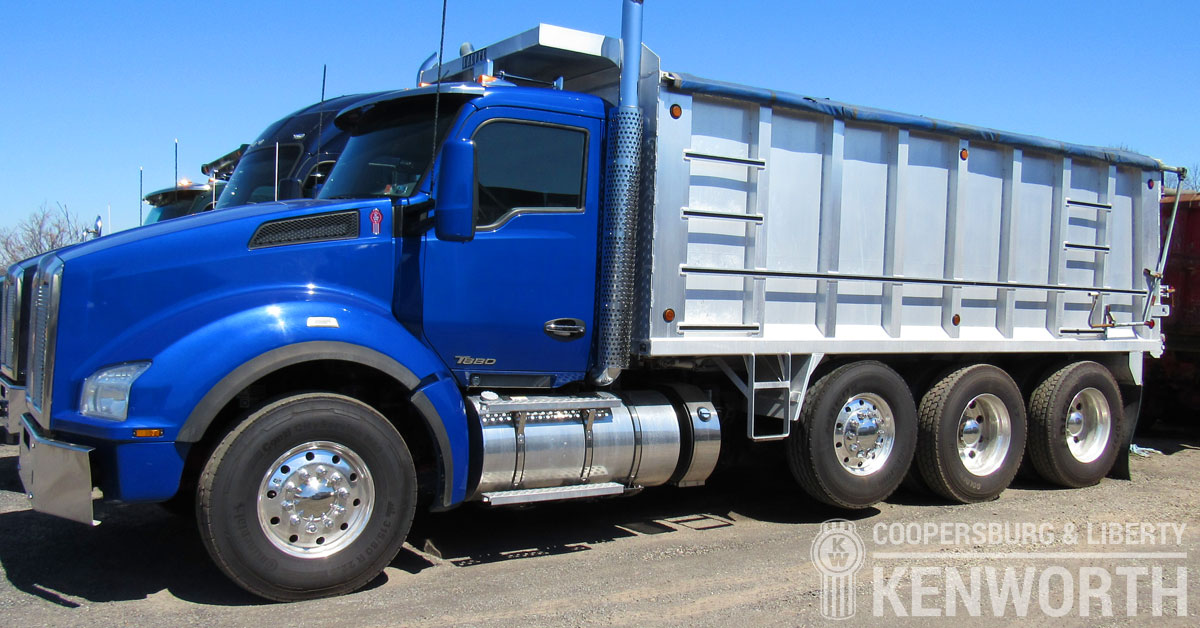How Many Tons Of Gravel Can A Dump Truck Hold

The rumble of a dump truck backing up, the hiss of hydraulics, and the avalanche of gravel – these are commonplace sounds at construction sites across the nation. But behind this seemingly simple act lies a complex calculation: how much gravel can a dump truck realistically, and legally, carry? Misjudging this can lead to costly delays, safety hazards, and even legal repercussions.
This article delves into the factors determining a dump truck's gravel-hauling capacity. It explores regulations, truck types, material density, and safety considerations to provide a comprehensive understanding of this crucial aspect of the construction and transportation industries. We'll examine the nuances of weight limits, axle configurations, and the often-overlooked impact of moisture content on load size, all to answer the fundamental question: what's the real-world gravel capacity of a dump truck?
Understanding the Basics: Weight, Volume, and Regulations
The amount of gravel a dump truck can haul isn't solely about the size of its bed. It's primarily governed by weight restrictions imposed by state and federal transportation agencies. These regulations are in place to protect roadways, bridges, and the safety of all drivers.
Federal Bridge Formula laws dictate maximum weight limits based on axle configuration and spacing. These formulas aim to distribute weight evenly across the vehicle, minimizing stress on infrastructure. States can also have their own, sometimes stricter, weight limits.
Axle Configuration and Legal Limits
A standard single-axle dump truck typically has a lower weight capacity compared to a tandem-axle or tri-axle truck. Single-axle trucks might be limited to around 20,000 pounds gross vehicle weight (GVW), while tandem-axle trucks can often carry up to 40,000 pounds. Tri-axle trucks can handle even heavier loads, sometimes exceeding 60,000 pounds, depending on local regulations.
The GVW includes the weight of the truck itself, the driver, fuel, and, of course, the gravel. Careful calculation is crucial to avoid exceeding legal limits and facing fines or having to offload material.
Beyond weight, volume also plays a role. Even if a truck isn't exceeding its weight limit, overloading the bed can lead to spillage and safety hazards. The struck capacity of a truck bed refers to its volume when filled level, while the heaped capacity represents the volume when material is piled above the sides.
The Density Factor: Not All Gravel is Created Equal
Gravel isn't a uniform substance. Its density varies depending on its composition, particle size, and moisture content. Denser gravel, like crushed rock, will weigh more per cubic yard than lighter materials.
Moisture content significantly affects the weight of gravel. Wet gravel can be considerably heavier than dry gravel due to water absorption. This is a critical consideration, especially after rainfall or in humid climates.
According to the National Stone, Sand & Gravel Association (NSSGA), the density of gravel typically ranges from 2,400 to 3,000 pounds per cubic yard. This range highlights the importance of knowing the specific density of the material being hauled.
Calculating Gravel Capacity: An Example
Let's consider a tandem-axle dump truck with a GVW limit of 40,000 pounds. If the truck itself weighs 15,000 pounds, that leaves 25,000 pounds for the gravel load.
Assuming a gravel density of 2,700 pounds per cubic yard, the truck could legally carry approximately 9.25 cubic yards of gravel (25,000 pounds / 2,700 pounds/cubic yard = 9.25 cubic yards). This is a theoretical maximum, and operators often load less to account for variations in density and ensure compliance.
It's crucial to remember that this is just an example. Actual capacity will vary based on the specific truck, the gravel density, and applicable regulations. Always consult with local transportation authorities and weigh the truck at a certified scale to confirm the load's weight.
Safety First: Beyond Legal Limits
Exceeding weight limits isn't just illegal; it's also incredibly dangerous. Overloaded trucks have reduced braking capacity, making them harder to control, especially on inclines or in adverse weather conditions.
Overloading can also damage the truck's suspension, tires, and other components, increasing the risk of mechanical failure. Regular inspections and maintenance are essential to ensure the truck is operating safely.
Even within legal weight limits, proper load distribution is crucial. Unevenly distributed loads can affect the truck's stability and handling, increasing the risk of rollovers. Experienced drivers understand the importance of centering the load and avoiding excessive weight on any single axle.
The Future of Hauling: Technology and Regulations
Technology is playing an increasingly important role in optimizing gravel hauling. Onboard weighing systems provide real-time weight data, allowing drivers to monitor their loads and avoid overloading. GPS tracking systems can also help optimize routes and improve efficiency.
Regulations are constantly evolving, with a growing emphasis on safety and infrastructure preservation. The use of advanced materials and construction techniques is also influencing the design and capacity of dump trucks.
As infrastructure demands grow, the efficient and safe transportation of gravel will remain a critical aspect of the construction industry. A thorough understanding of weight limits, material density, and safety considerations is essential for all stakeholders involved in the process.
In conclusion, determining how much gravel a dump truck can hold is a multifaceted calculation. While a tandem-axle truck *might* carry around 9 cubic yards under ideal conditions, the real answer hinges on careful consideration of legal limits, material properties, truck specifications, and above all, a commitment to safety. Ignoring these factors can have significant consequences, highlighting the importance of knowledge and responsibility in the gravel hauling industry.









